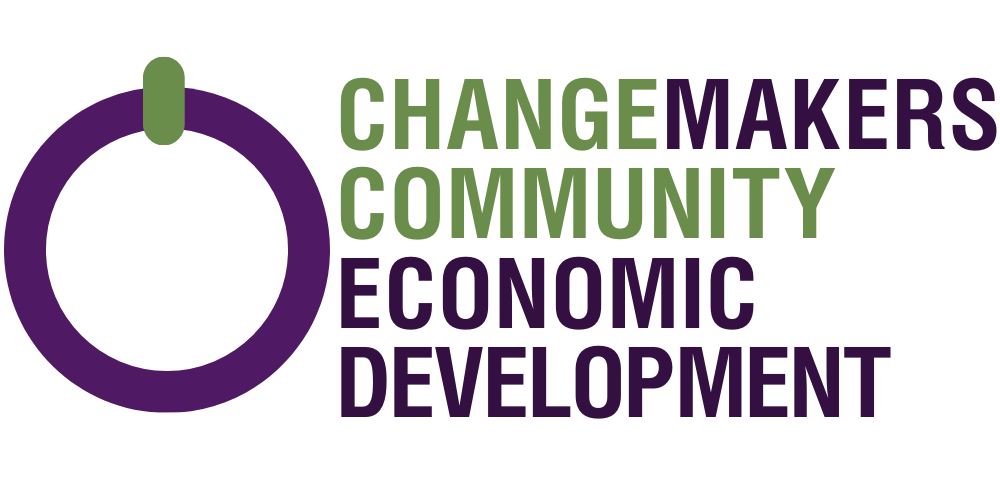Creating Your Needs Statement
Writing a compelling grant need statement is crucial to secure funding for your project or organization. Here are some steps to help you write an effective grant need statement:
Understand the Grant Requirements: Read the grant guidelines thoroughly to understand the funder's priorities, eligibility criteria, and specific requirements for the need statement. This will help you tailor your statement to align with the funder's objectives.
Research and Gather Data: Collect relevant data, statistics, research findings, and other evidence that support the existence and significance of the need you are addressing. This could include demographic information, community surveys, reports, or studies conducted by reputable sources. The data should demonstrate the problem or gap that needs to be addressed.
Clearly State the Problem or Need: Start your need statement by clearly articulating the problem or need you are addressing. Use concise and specific language to describe the issue and its impact on the target population or community. Be factual and avoid making emotional appeals without supporting evidence.
Provide Context and Background Information: Provide context and background information to help the reader understand the broader context of the problem. Explain any relevant trends, challenges, or changes in the community or field that contribute to the need. This will demonstrate your organization's understanding of the issue and the urgency of addressing it.
Demonstrate Demand and Scope: Show evidence of the demand for your services or the extent of the need. Describe the target population affected by the problem and quantify the number of individuals or groups impacted. Highlight any waiting lists, increased service requests, or other demand indicators exceeding the current capacity.
Connect the Need to Your Organization's Mission: Clearly articulate how the identified need aligns with your organization's mission, goals, and expertise. Explain why your organization is uniquely positioned to address the need effectively and how your track record and experience demonstrate your capacity to make a difference.
Use Persuasive and Compelling Language: Craft your need statement using persuasive language that engages the reader and emphasizes the urgency of the need. Utilize strong and compelling statements supported by evidence to make your case effectively. Avoid jargon and complex terminology that might confuse the reader.
Paint a Picture of the Desired Impact: Describe the positive change and impact that addressing the need will create. Clearly articulate the outcomes, benefits, and improvements resulting from your proposed project or intervention. Use concrete examples, success stories, or testimonials, if available, to illustrate the potential impact.
Keep it Concise and Clear: Keep your need statement concise and focused. Avoid unnecessary details and stick to the most critical information. Ensure that your statement is clear, easily understandable, and logically organized.
Revise and Edit: Review your need statement multiple times for clarity, coherence, and grammar. Eliminate any unnecessary repetition or extraneous information. Seek feedback from colleagues or mentors to ensure that your need statement is compelling, persuasive, and error-free.
Remember to tailor your need statement to each specific grant application, as different funders may have varying priorities and requirements.

